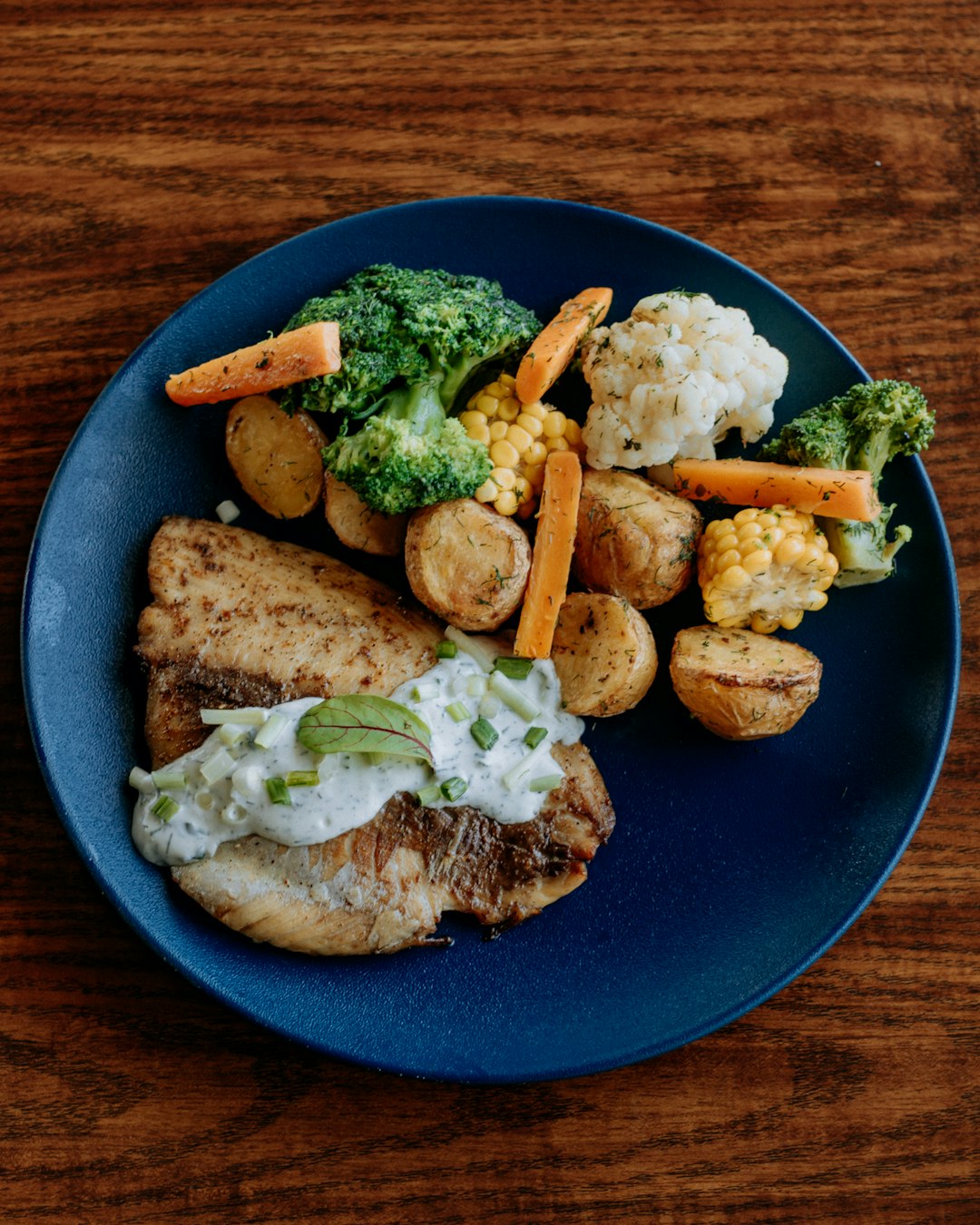The Science Behind Coffee: How to Brew the Perfect Cup
Coffee, the beloved beverage that many people around the world cannot start their day without. It has become an essential part of our routine, an instant pick-me-up that helps us stay alert and focused throughout the day. But have you ever wondered about the science behind brewing that perfect cup of coffee? What factors affect the taste and aroma? In this blog post, we will explore the fascinating science behind coffee and provide tips for brewing the perfect cup.
To begin with, let’s talk about the most crucial component of coffee – the coffee beans. Coffee beans are the seeds of the Coffea plant, and there are two main species that are widely consumed: Arabica and Robusta. Arabica beans are known for their complex flavors and aromas, while Robusta beans are often used in blends for their higher caffeine content.
The flavor and aroma of coffee depend on the chemical compounds present in the beans. Over 800 volatile compounds have been identified in roasted coffee beans, and these compounds are responsible for the various flavors and aromas we experience when we brew coffee. Some of the key compounds include acids, sugars, oils, and antioxidants.
Next, let’s discuss the brewing process and how it affects the taste of your coffee. When hot water comes into contact with coffee grounds, it extracts various compounds from the beans, resulting in the flavorful liquid we know as coffee. The extraction process is influenced by several factors, including water temperature, grind size, and brewing time.
Water temperature is crucial when brewing coffee. Water that is too hot can over-extract and overly bitter compounds, while water that is too cool may result in a weak and under-extracted brew. The ideal water temperature for coffee brewing is around 195-205 degrees Fahrenheit (90-96 degrees Celsius).
The grind size of coffee beans also plays a significant role in the extraction process. Grind size affects the surface area of the coffee grounds, which in turn affects the rate at which compounds are extracted. In general, a finer grind size is used for methods like espresso, where the water comes into contact with the coffee grounds for a short amount of time. Medium grind sizes are suitable for pour-over methods, while coarser grinds are preferred for French press brewing.
Brewing time is another crucial factor. The longer the water remains in contact with the coffee grounds, the more compounds will be extracted, which can result in a bitter taste. For example, espresso brewing takes around 25-30 seconds, while pour-over methods can take around 3-4 minutes. It’s essential to find the right balance between brewing time and extraction to achieve the perfect cup of coffee.
Lastly, let’s talk about the importance of freshness when it comes to coffee. Coffee beans, like any other food product, can lose their flavor and aroma over time. Exposure to air, light, and moisture can accelerate this process. To ensure the best quality coffee, it is recommended to buy whole beans and grind them just before brewing. This allows you to control the grind size and ensures that the coffee is as fresh as possible.
Storing your coffee beans properly is also crucial. It is best to store them in an airtight container, away from direct sunlight and moisture. Avoid storing coffee beans in the refrigerator, as the moisture can cause them to deteriorate faster.
In conclusion, brewing the perfect cup of coffee is a blend of art and science. Understanding the chemical compounds present in coffee beans, as well as the factors that affect extraction, can help you achieve the desired flavor and aroma. From choosing the right beans to controlling water temperature, grind size, and brewing time, every step in the process matters. So, grab your favorite coffee beans, follow these tips, and awaken your senses with that perfect cup of coffee.

